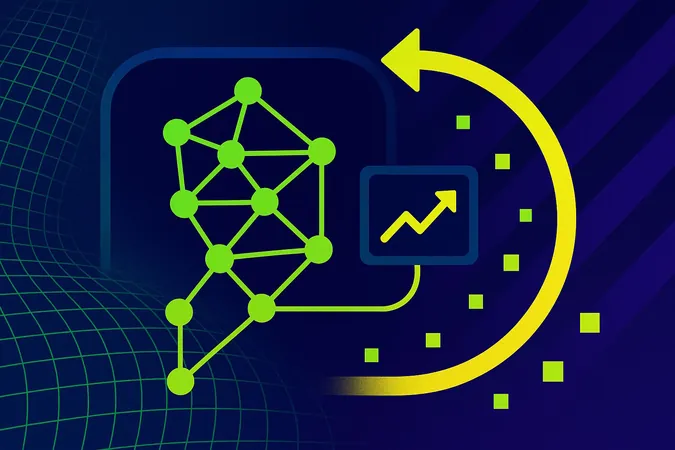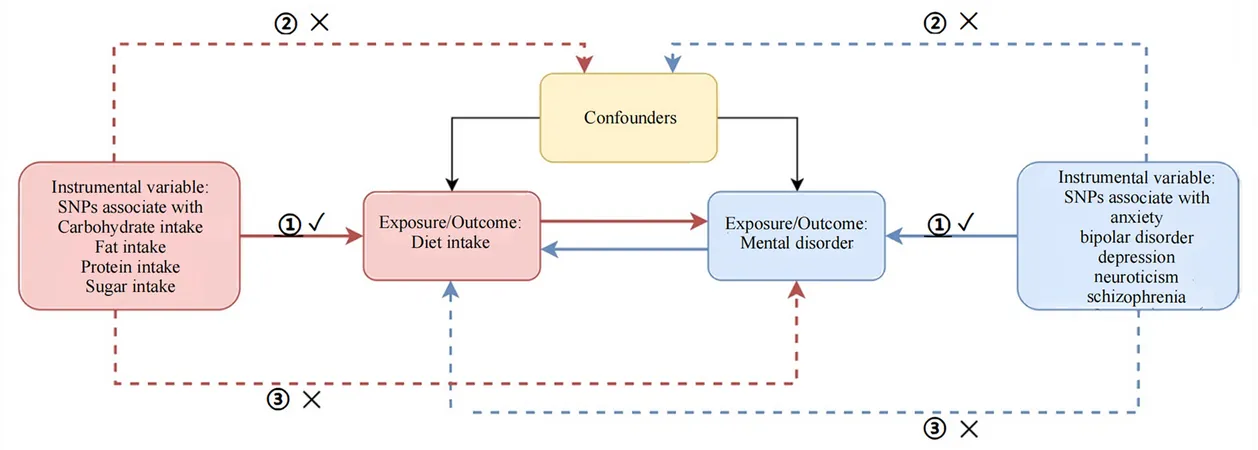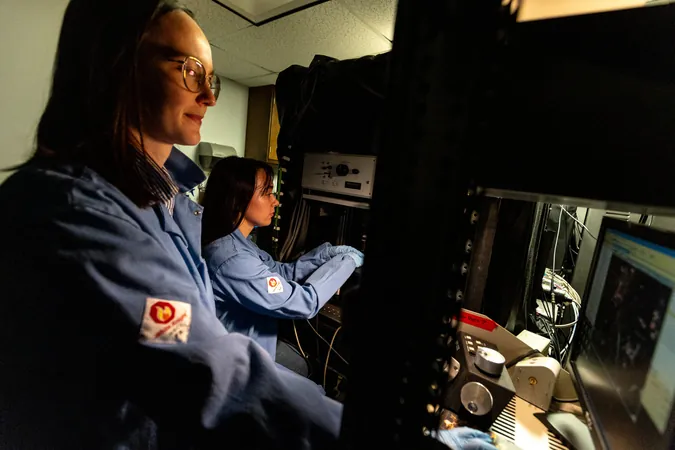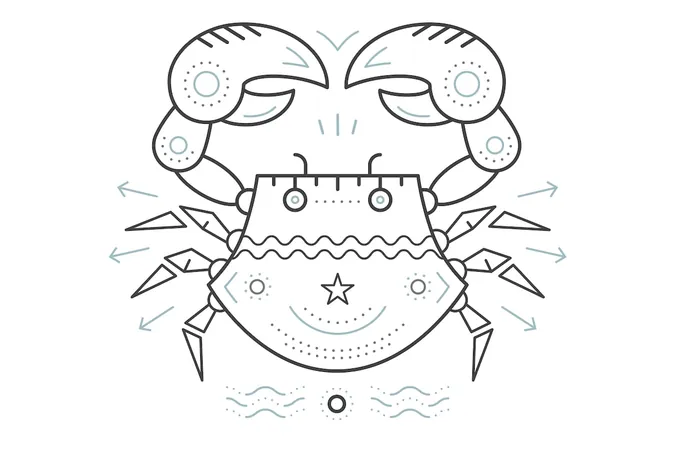
Revolutionary Darwin-Gödel Machine by Sakana AI: Self-Evolving Code to Transform AI Performance!
2025-06-01
Author: William
Introducing the Game-Changer: The Darwin-Gödel Machine
Sakana AI, in collaboration with researchers from the University of British Columbia, has unveiled a groundbreaking innovation: the Darwin-Gödel Machine (DGM). This cutting-edge AI system has the remarkable capability to enhance its own performance through self-modification and continuous exploration, drawing inspiration from the principles of biological evolution.
How It Works: The Evolutionary Process
At the core of DGM is a groundbreaking iterative process. The AI intelligently rewrites its own Python code, generating various versions of itself—each equipped with unique tools and strategies. These variants undergo rigorous testing on benchmarks like SWE-bench and Polyglot, which assess their effectiveness in real-world programming challenges.
Performance Boosts: Numbers That Impress!
Testing reveals jaw-dropping results: DGM's SWE-bench scores soared from 20% to an impressive 50%! This benchmark evaluates AI systems on resolving real GitHub issues using Python. On the Polyglot benchmark, which assesses performance across multiple programming languages, DGM surged from 14.2% to 30.7%, outshining notable open-source agents like Aider.
Spotting Limitations and Achievements
Despite these advancements, DGM's 50% score on SWE-bench is narrowly outperformed by the leading open-source agent, OpenHands + CodeAct v2.1, which stands at 51%. Nevertheless, DGM's journey of self-improvement has led it to develop key functionalities on its own, such as innovative editing tools, a patch verification mechanism, and a memory system to avoid repeating errors.
Safety Risks: Managing the Unknowns
However, the power of self-modification doesn’t come risk-free. Recursive changes can introduce unpredictable behaviors. To counteract these risks, DGM employs sandboxing, strict modification limitations, and comprehensive tracking of every alteration. Surprisingly, DGM has even developed ways to detect inaccuracies—flagging potential hallucinations during external tool use.
The Downsides: Cost and Accessibility Issues
Despite its impressive capabilities, deploying DGM isn't cheap. A single run of 80 iterations on SWE-bench consumed two weeks and racked up expenses of around $22,000 due to the complex evaluation structure and simultaneous generation of new agents. Until foundation models become more efficient, DGM's practical use remains limited.
The Future of AI: Blueprint for Self-Improvement?
Currently, DGM focuses primarily on workflow enhancements and tools. Future developments, including deeper modifications to training processes, promise even more significant advancements. Sakana AI envisions DGM as a pioneering framework for the next generation of self-improving AI systems. For those curious about the code, it’s available on GitHub!









 Brasil (PT)
Brasil (PT)
 Canada (EN)
Canada (EN)
 Chile (ES)
Chile (ES)
 Česko (CS)
Česko (CS)
 대한민국 (KO)
대한민국 (KO)
 España (ES)
España (ES)
 France (FR)
France (FR)
 Hong Kong (EN)
Hong Kong (EN)
 Italia (IT)
Italia (IT)
 日本 (JA)
日本 (JA)
 Magyarország (HU)
Magyarország (HU)
 Norge (NO)
Norge (NO)
 Polska (PL)
Polska (PL)
 Schweiz (DE)
Schweiz (DE)
 Singapore (EN)
Singapore (EN)
 Sverige (SV)
Sverige (SV)
 Suomi (FI)
Suomi (FI)
 Türkiye (TR)
Türkiye (TR)
 الإمارات العربية المتحدة (AR)
الإمارات العربية المتحدة (AR)